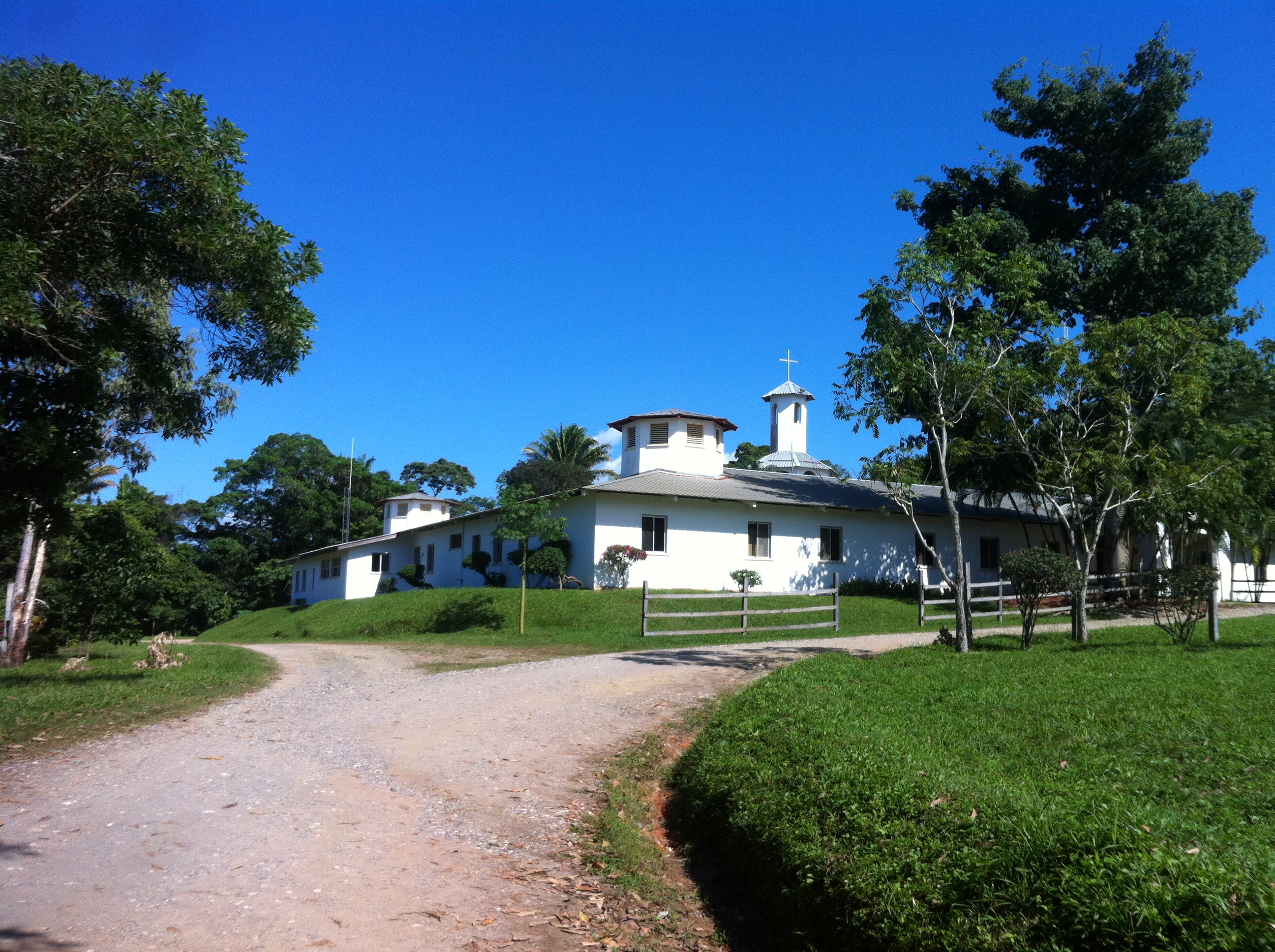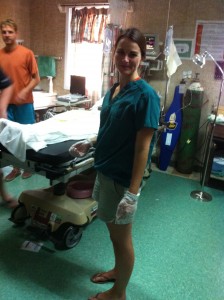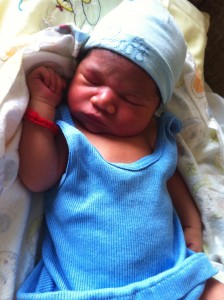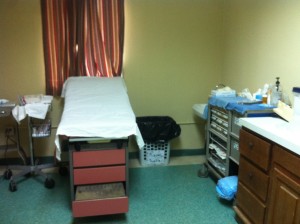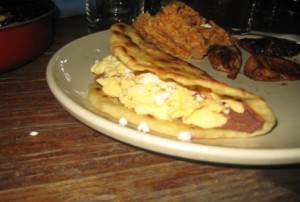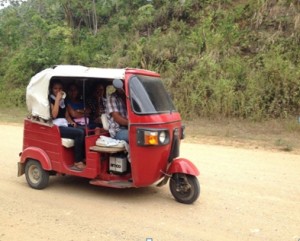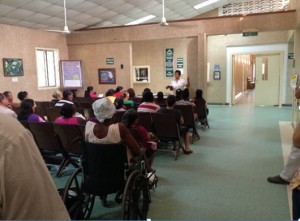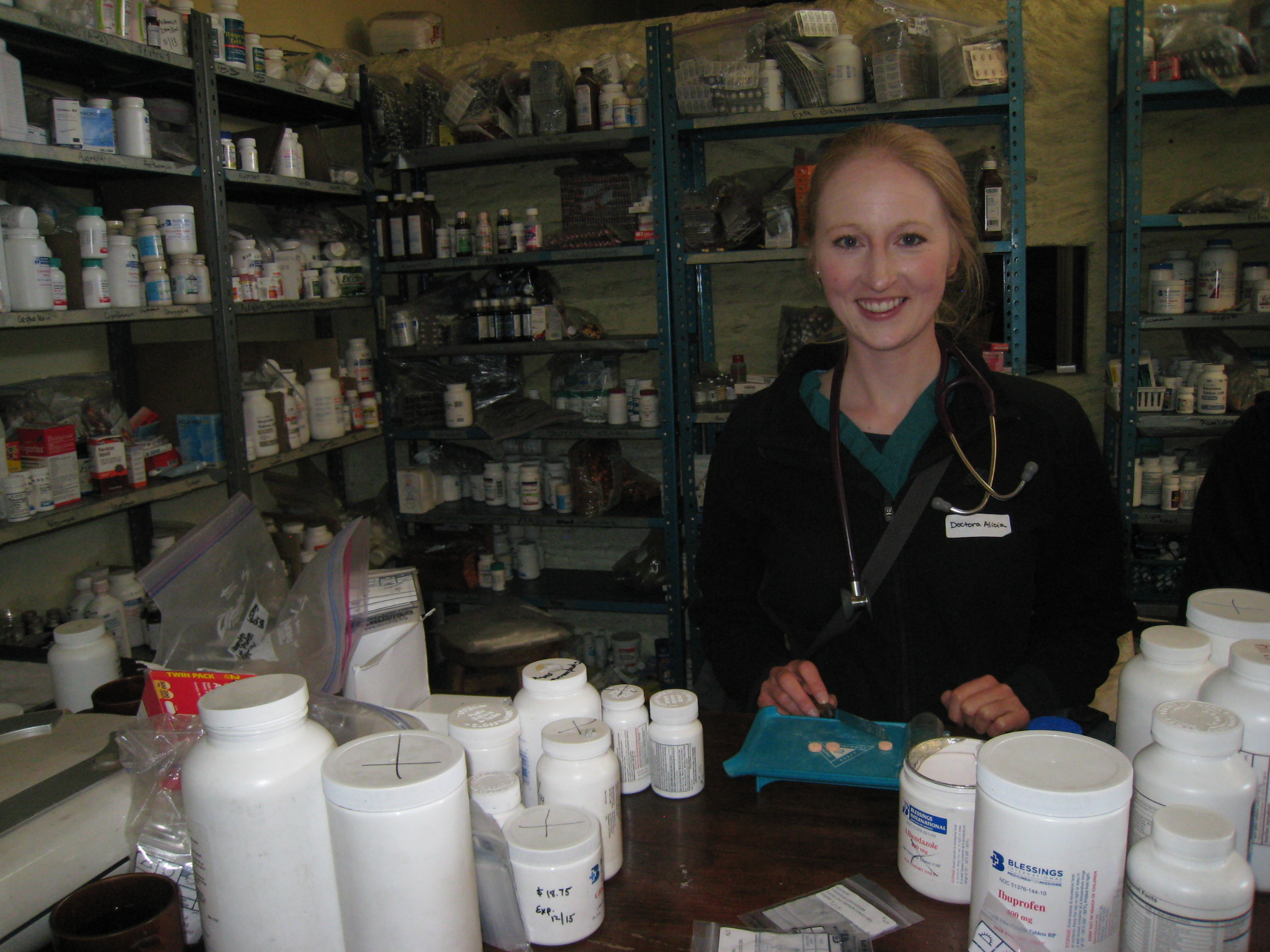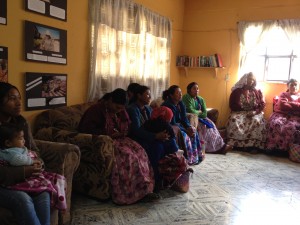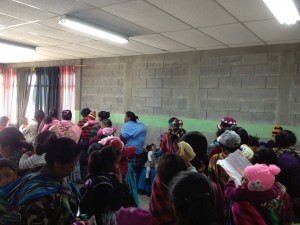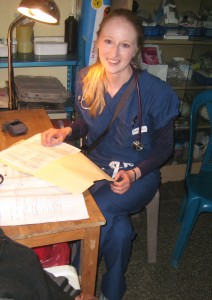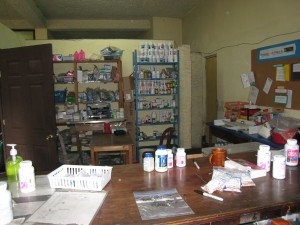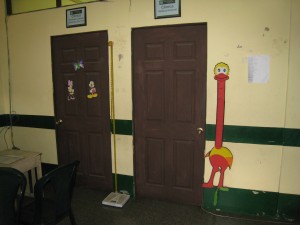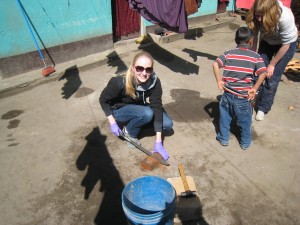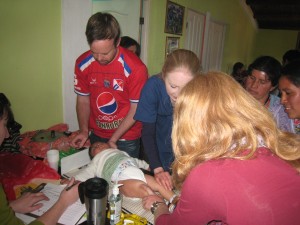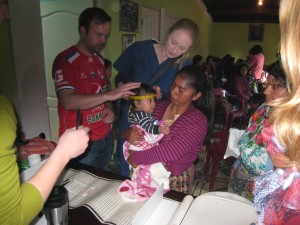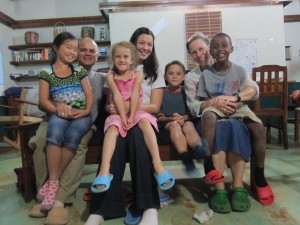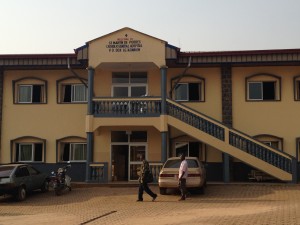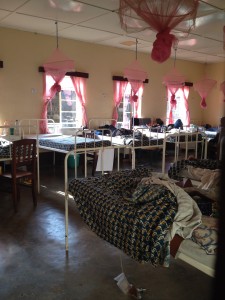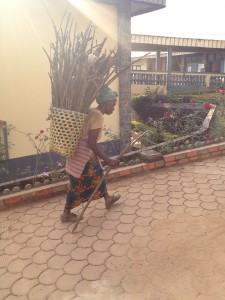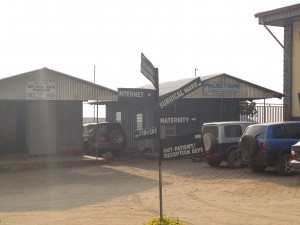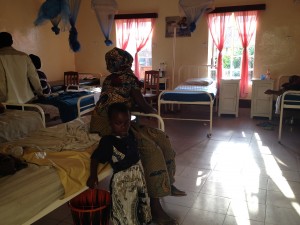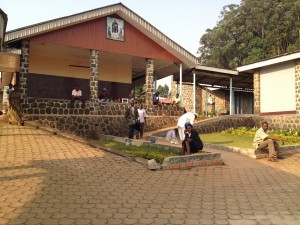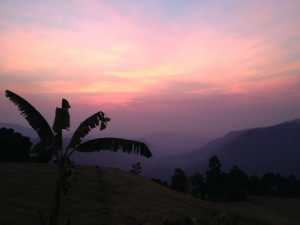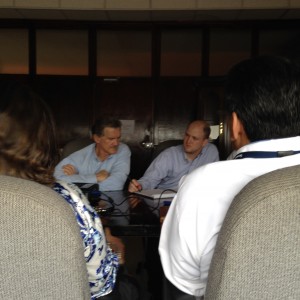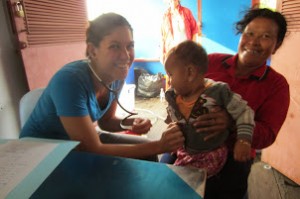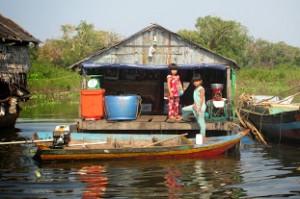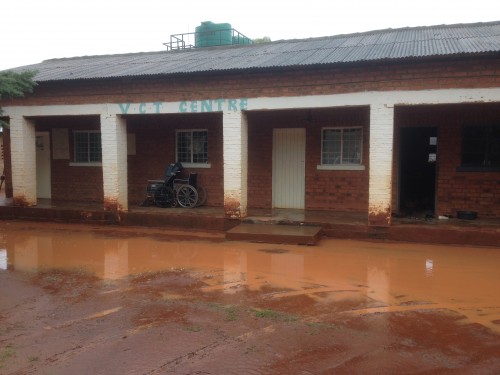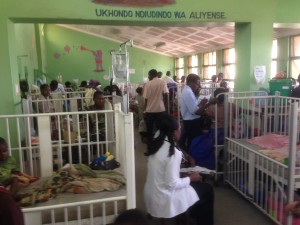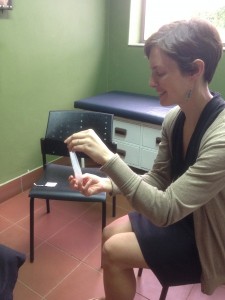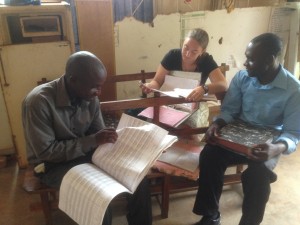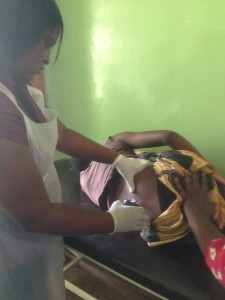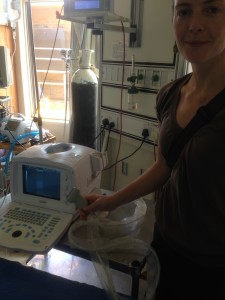“Thanks to the support of VGHP, I had the incredible opportunity to spend 3 weeks doing an away elective in Xela, Guatemala. During my trip to the small city of Xela in December of 2023, I worked in the Pop Wuj Spanish School’s Clinic, studied Spanish with a one-on-one instructor, and helped with volunteer projects in the community.
I helped triage patients, interview and examine patients with the Guatemalan physician, and fill prescriptions from the clinic’s pharmacy. When I wasn’t in clinic, I was learning Spanish with my instructor or attending lectures (in Spanish) about Guatemalan culture, health beliefs and the healthcare system here. I learned about the way their healthcare system is set up, the health inequities, malnutrition, and traditional Mayan medicine and health beliefs.
We also went on field trips to places out in the community, and I helped build a safe stove for a family who was previously cooking over an open fire inside their home. This community project has been very important for the overall health of the community, as women and children are disproportionately exposed to the smoke from these open fires which contributes to a high burden of lung disease. It was also incredibly humbling to be able to see how most of the population outside the city lives. At that family’s home, the rooms had dirt floors, some of the walls were only covered by sheets of tarp, and their kitchen sink and toilet were outside. This family considered themselves lucky, as they had both running water and electricity.
The primary reason for my trip to Guatemala was to work in the school’s in-house clinic. For me to better assist in the clinic, they gave me lessons on local culture to ensure that I understood the community and customs of the patients that come to the clinic for treatment. These lessons taught me about Guatemalan history, the scientific advancements made from native cultures like the Mayans, and the current social relationships between community members including healthcare workers and traditional healers.
At first, they had me triage incoming patients at the clinic. Another role they needed help with was filling prescriptions of commonly prescribed medications and vitamins, which the clinic provided to patients included in the $2 consultation fee, no matter how many prescriptions they needed. I was also tasked with assisting in organizing the medications and supplies that had been donated to the clinic. Once I gained more confidence in my Spanish, I was able to conduct patient interviews and physical exams with the physician there, and come up with treatment plans for patients.
The second goal of my elective was to improve my conversational and medical Spanish to better communicate with my Spanish speaking patients. Every weekday I had Spanish lessons with my teacher Mynor for 4 hours a day. We focused on my weakest areas of Spanish, grammar and tenses, and practiced a lot of conversation too. It was very fun working with Mynor and we would regularly take our lessons out of the classroom and walk through the city to work on my Spanish in real world experiences. Having returned, I can tell the difference this experience has made in helping me better understand my Spanish speaking patients, as well as communicate in Spanish more effectively and confidently. I am incredibly grateful to have had the opportunity to participate in medicine abroad, and the lessons and experiences from my time in Guatemala have served as an important reminder of why I went into medicine in the first place. I liked it so much, in fact, that I plan to go back for my next elective.”
– Nastassja Bell